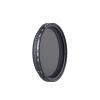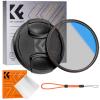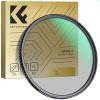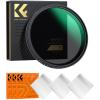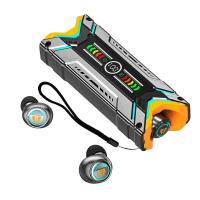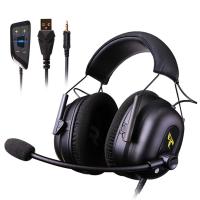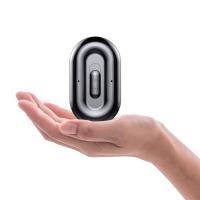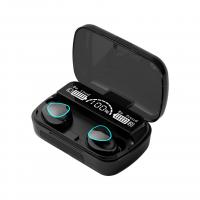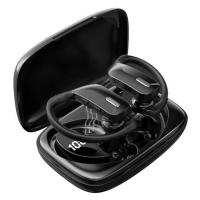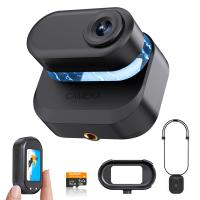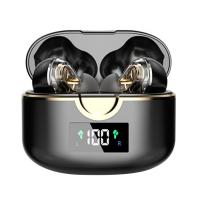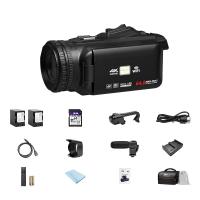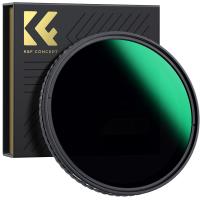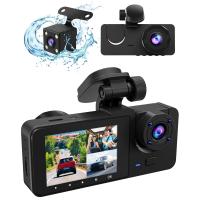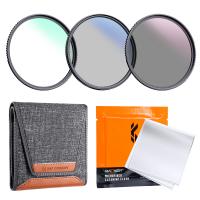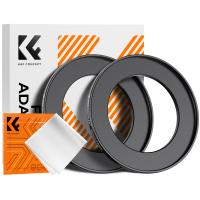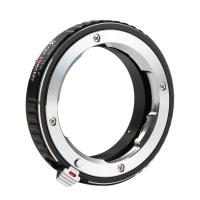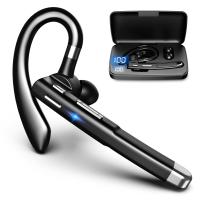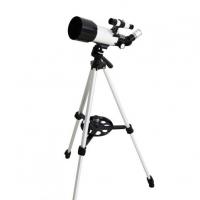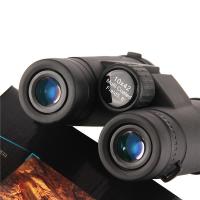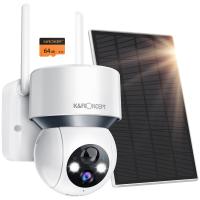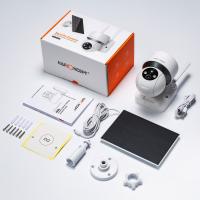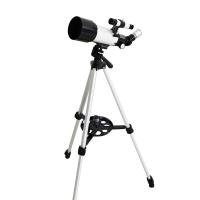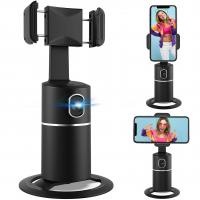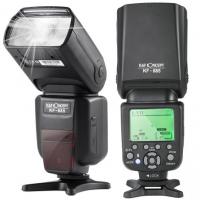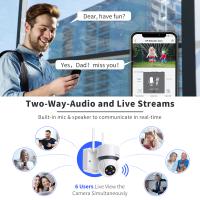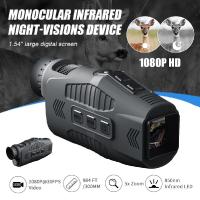How Do Noise Canceling Earbuds Work?
Noise-canceling earbuds have gained tremendous popularity in recent years due to their ability to provide an immersive audio experience by reducing unwanted ambient sounds. The technology is intriguing to many, but not everyone is aware of the intricate processes and components that make noise cancellation possible. In this article, we will explore how noise-canceling earbuds work, discuss the types of noise cancellation, and provide insights into their real-world applications and benefits.
Understanding Noise-Canceling Technology

Noise-canceling earbuds function by using complex technology to reduce external noise, allowing users to enjoy music or audio without interference from environmental sounds. This is achieved primarily through two types of noise cancellation techniques: passive and active.
Passive Noise Cancellation

Passive noise cancellation involves the physical design and materials used in the earbuds to block external sounds. The effectiveness of passive noise cancellation largely depends on how well the earbuds can fit into and seal the ear canal. Materials such as high-density foam or silicone tips provide a barrier against ambient noise. While this method does reduce external sounds, it is often considered insufficient on its own for environments with a significant amount of background noise, such as airplanes or city traffic.
Active Noise Cancellation
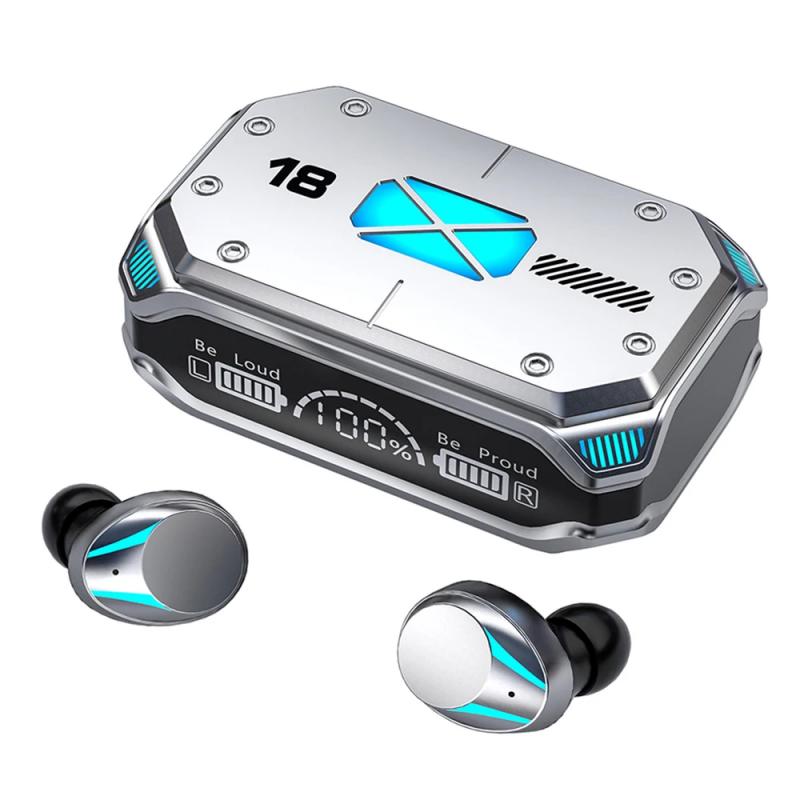
Active noise cancellation (ANC) is the more advanced of the two methods and is the defining feature of noise-canceling earbuds. ANC works by using microphones placed in or around the earbuds to pick up ambient sounds. The earbuds then use this input to generate sound waves that are the exact opposite, or "anti-noise" waves.
When these anti-noise waves are produced, they interfere with the ambient sound waves in a way called destructive interference, effectively canceling them out. This process occurs rapidly and continuously, allowing users to experience significantly reduced noise levels.
Components Involved in Noise Cancellation
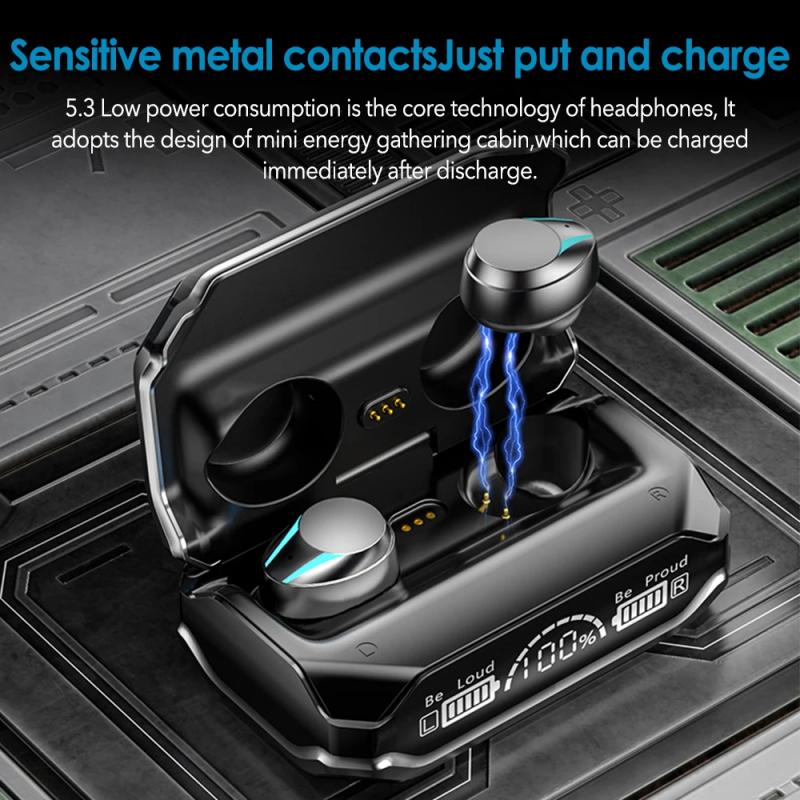
For ANC to work effectively, several components are crucial:
1. Microphones: These are often built into the earbuds or placed externally to detect ambient noise. High-quality microphones can capture a broader range of frequencies, which improves the overall effectiveness of the noise cancellation process.
2. Digital Signal Processor (DSP): The captured sound is processed by a digital signal processor, which analyzes the noise and creates the anti-noise signal. The DSP is the brain of the operation, and its efficiency directly affects performance.
3. Speakers: The earbuds’ speakers then play the anti-noise signal alongside the usual audio. This means they need to be capable of producing both the chosen audio content and the noise-canceling frequencies simultaneously.
4. Power Source: ANC technology requires power to function. Most noise-canceling earbuds have a built-in rechargeable battery specifically for this purpose.
Real-World Application and Benefits
The ability to concentrate on audio content without background interruptions is the primary advantage of noise-canceling earbuds. Here are some practical applications and benefits:
1. Improved Listening Experience: Whether commuting on public transportation, working in a bustling office, or relaxing at home, ANC technology enhances audio clarity and quality by eliminating external distractions.
2. Hearing Protection: By reducing the need to increase audio volume to overcome background noise, noise-canceling earbuds protect the user’s hearing over time.
3. Focus and Productivity: In environments filled with constant noise, maintaining focus can be challenging. Noise-canceling earbuds provide a quiet space that can improve concentration and hence productivity.
4. Reduction of Stress and Anxiety: Constant exposure to noise pollution can increase stress levels. Noise-canceling earbuds offer a refuge of silence and tranquility, potentially reducing stress and anxiety.
Further Considerations
Though noise-canceling earbuds provide numerous benefits, there are considerations to account for:
- Battery Life: ANC technology requires additional power, which can reduce the overall battery life of these earbuds compared to non-ANC models. Manufacturers have focused on improvements, though users might still need to charge devices more frequently.
- Price Point: Due to the advanced technology and materials needed, noise-canceling earbuds can be more expensive than standard earbuds. Considering the cost against potential benefits is essential for consumers.
- Fit and Comfort: As passive noise cancellation relies heavily on the physical fit of the earbuds, selecting a model that provides a secure, comfortable fit is crucial to maximize the benefits.
- Sound Quality: While ANC technology focuses on reducing noise, it's important that the audio quality remains high. Choosing earbuds from reputable brands with a track record of balancing ANC with sound fidelity can help ensure that the music or audio remains enjoyable.
Understanding Limitations
Noise-canceling earbuds are designed to significantly reduce consistent, low-frequency noises, like the hum of an airplane engine or air conditioning units. They may be less effective against sudden, irregular noises, like talking or car horns. Although the technology is continually improving, complete noise isolation, particularly in extremely loud or irregular-sound environments, remains a challenge.
Making an Informed Decision
When considering purchasing noise-canceling earbuds, potential buyers should weigh the noise-canceling capabilities against personal usage scenarios. Factors such as lifestyle, typical environments, and specific audio needs should inform the decision. Trying different models to evaluate comfort, fit, and overall sound quality can also provide a better idea of what to expect from noise-canceling technology.
The Future of Noise Cancellation
As technology progresses, so do innovations in noise-canceling devices. Future advancements are likely to focus on improving the efficiency of ANC for various environments, extending battery life, and enhancing wireless connectivity features. Furthermore, smart noise cancellation, which adapts to the user's environment in real-time, is a promising area of research that could become

